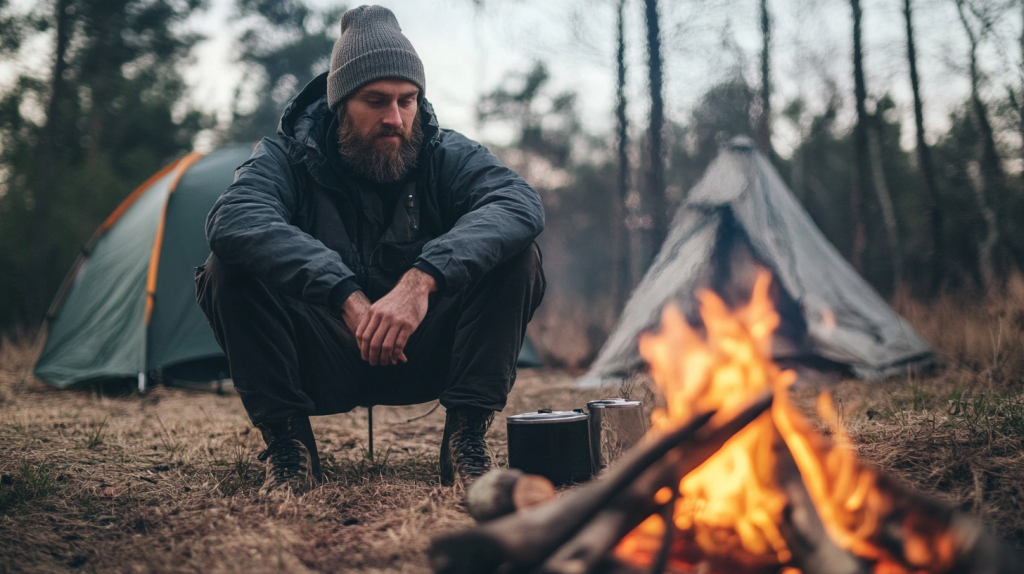When disaster strikes, most people focus on the basics: food, water, and shelter. But there’s much more to survival than just stockpiling supplies. Some lesser-known skills can make all the difference in a life-threatening situation. These skills are often overlooked, but they could be the key to staying safe, calm, and resilient when the unexpected happens.
Whether you’re facing a natural disaster or a man-made emergency, having these abilities up your sleeve can give you a huge advantage. Here are some survival skills you may not have thought of—until you need them.
Knowing Basic First Aid
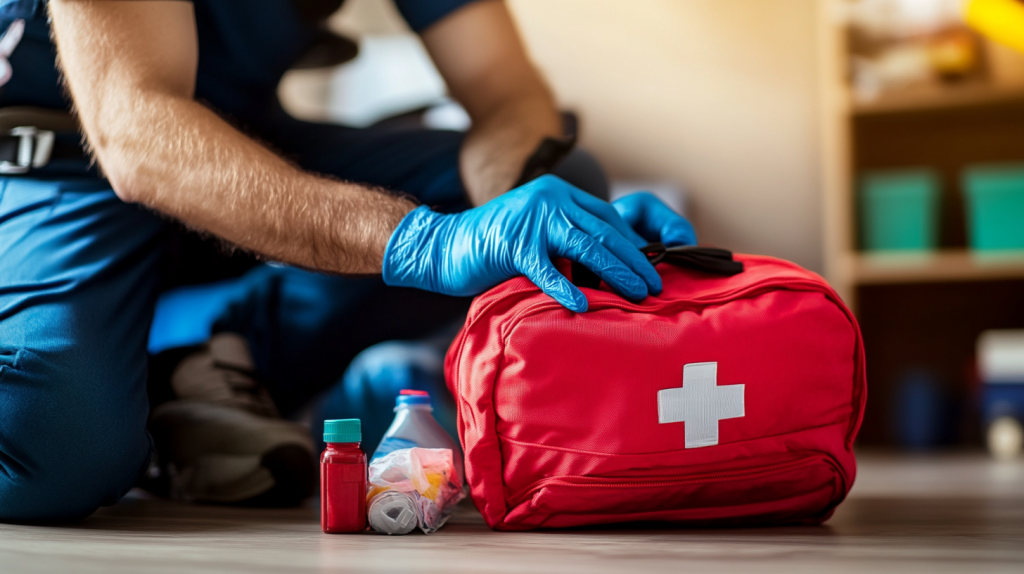
Understanding basic first aid can help you treat injuries and prevent infections. Simple skills like bandaging wounds, performing CPR, or recognizing signs of shock can make a huge difference. Being able to provide immediate care can save lives until professional help arrives. It’s a skill that everyone should learn to ensure they can assist in emergencies.
Navigating Without a Compass

While GPS devices are helpful, they can fail during disasters. Learning to navigate using natural signs like the sun, stars, or landmarks ensures you can find your way. This skill is crucial if you need to travel long distances to reach safety. Knowing how to read your environment can prevent you from getting lost.
Building a Fire Without Matches
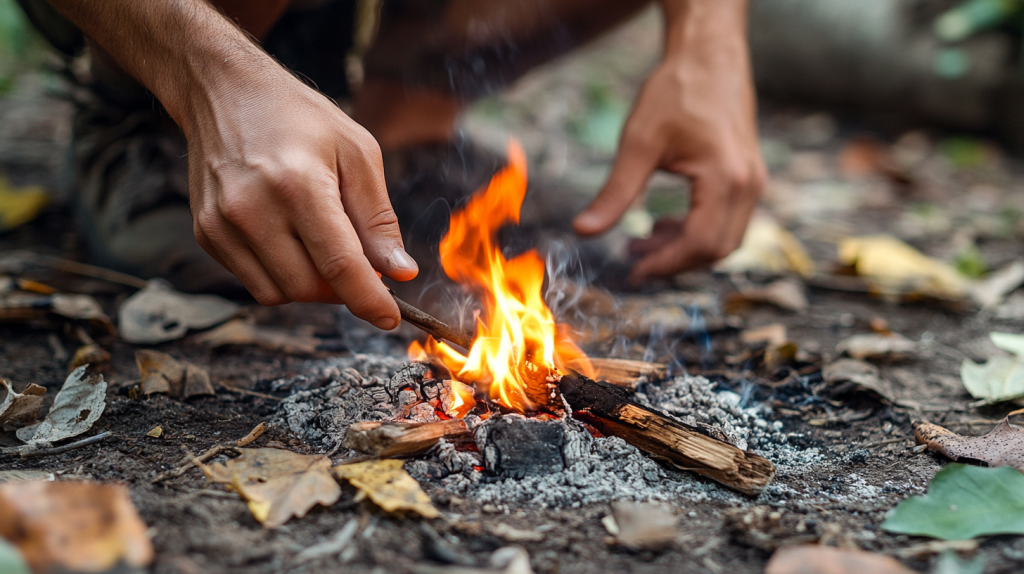
Having the ability to start a fire without modern tools is vital for warmth, cooking, and signaling for help. Techniques like using flint stones, friction methods, or using a magnifying glass can ignite a fire. Mastering these methods ensures you can create fire even when supplies are limited.
Understanding Local Flora and Fauna
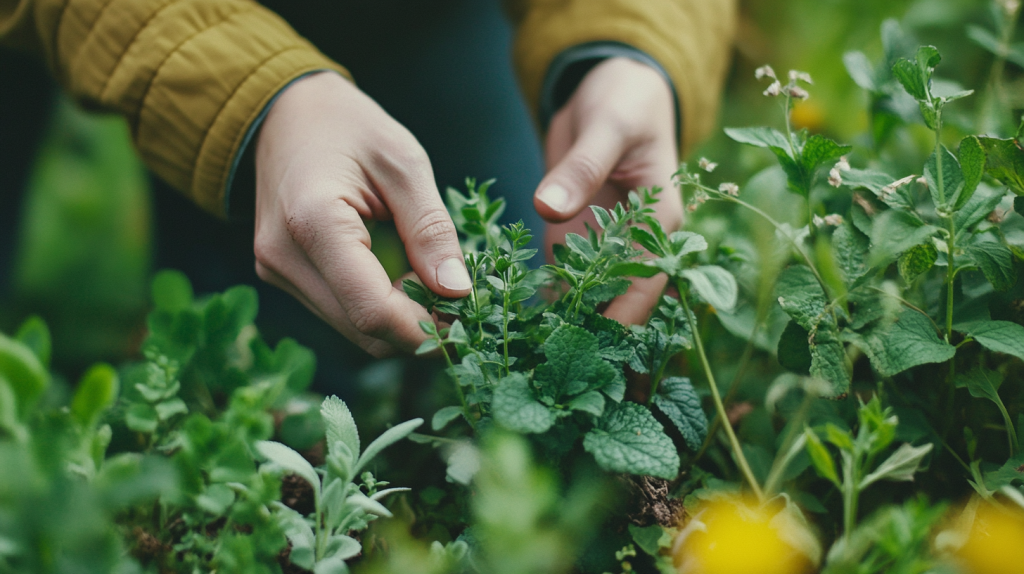
Knowing which plants are edible and which animals are safe to approach can keep you nourished and avoid dangerous encounters. Identifying medicinal plants can also provide natural remedies for injuries or illnesses. This knowledge is essential for survival in the wild and helps you make informed decisions about your environment.
Improvising Tools and Shelter
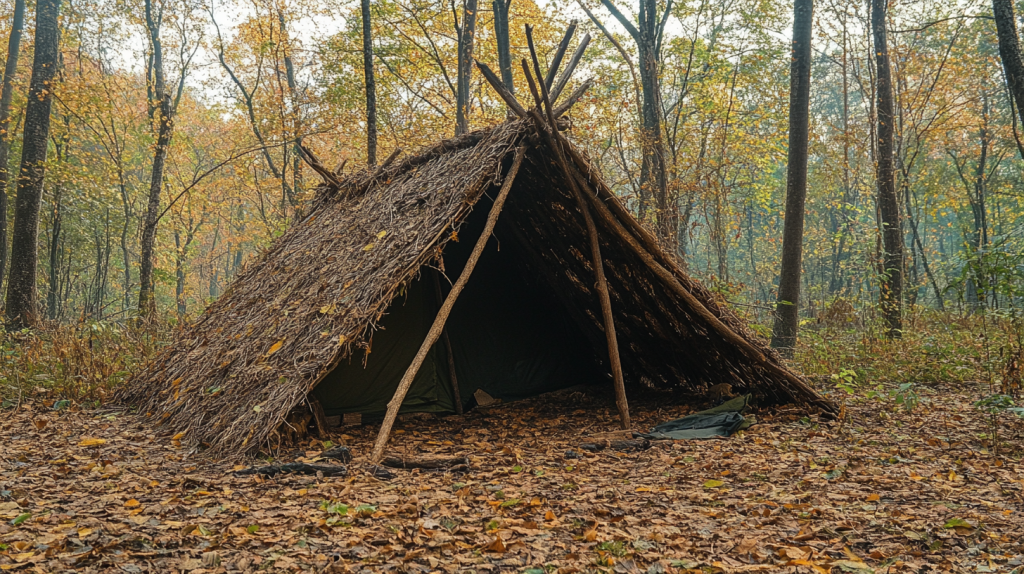
Being able to create tools and build shelters from available materials can provide protection and comfort. Using branches, leaves, and other natural resources, you can construct a safe place to stay. Improvising tools like knives or spears can aid in hunting or building, enhancing your survival chances.
Water Purification Techniques
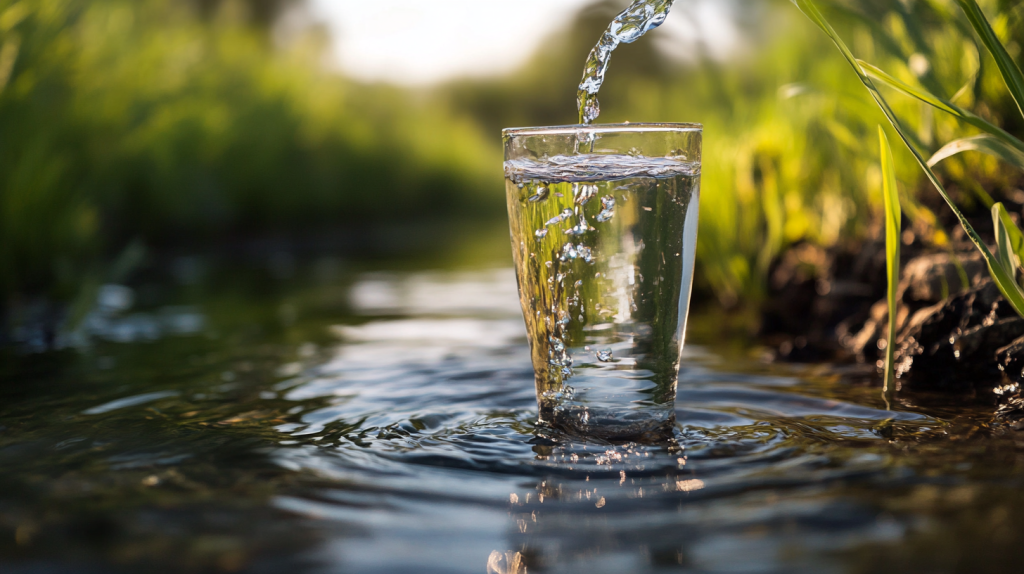
Access to clean water is critical for survival. Knowing how to purify water using boiling, filtration, or chemical methods ensures you stay hydrated without getting sick. This skill prevents waterborne diseases, which can be life-threatening in disaster situations.
Signaling for Help
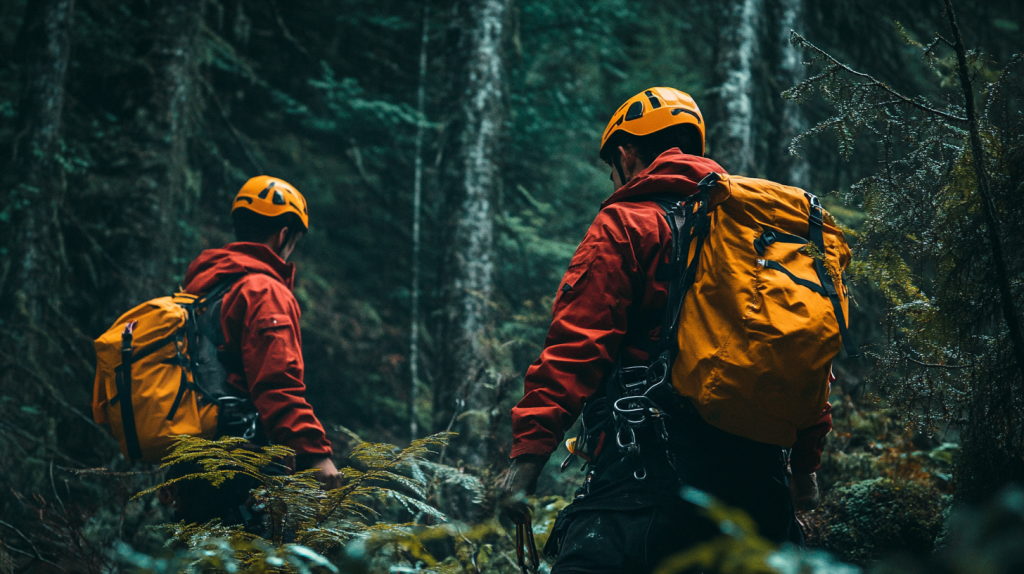
Effective signaling can attract rescuers quickly. Techniques include creating large ground symbols, using mirrors or whistles, and setting controlled fires. Being able to communicate your location increases the likelihood of a timely rescue, especially in remote areas.
Mental Resilience and Stress Management
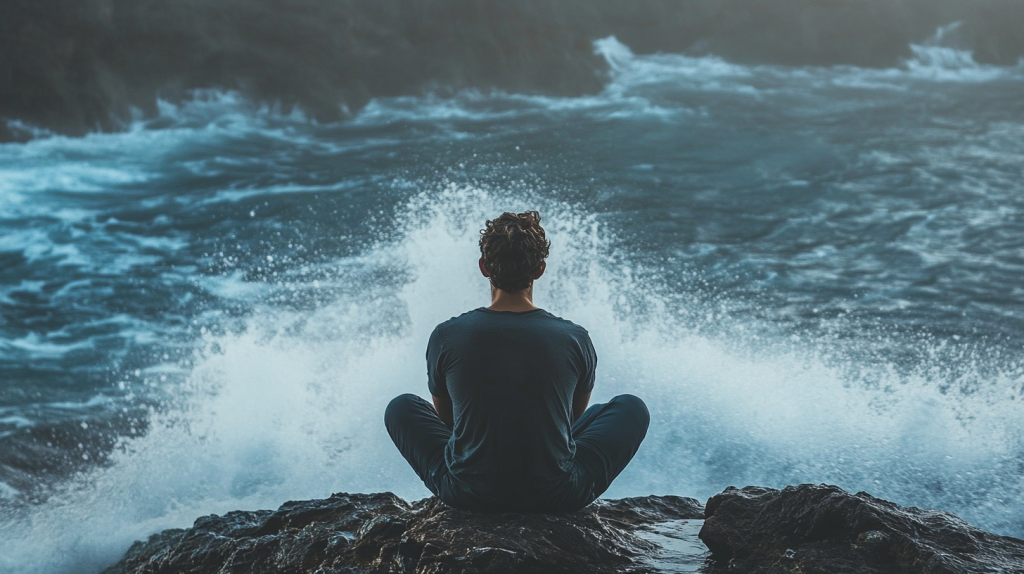
Staying calm and maintaining a positive mindset is crucial during disasters. Mental resilience helps you make clear decisions and cope with challenging situations. Techniques like deep breathing, meditation, or focusing on tasks can manage stress and keep you focused on survival.
Identifying Safe Drinking Sources
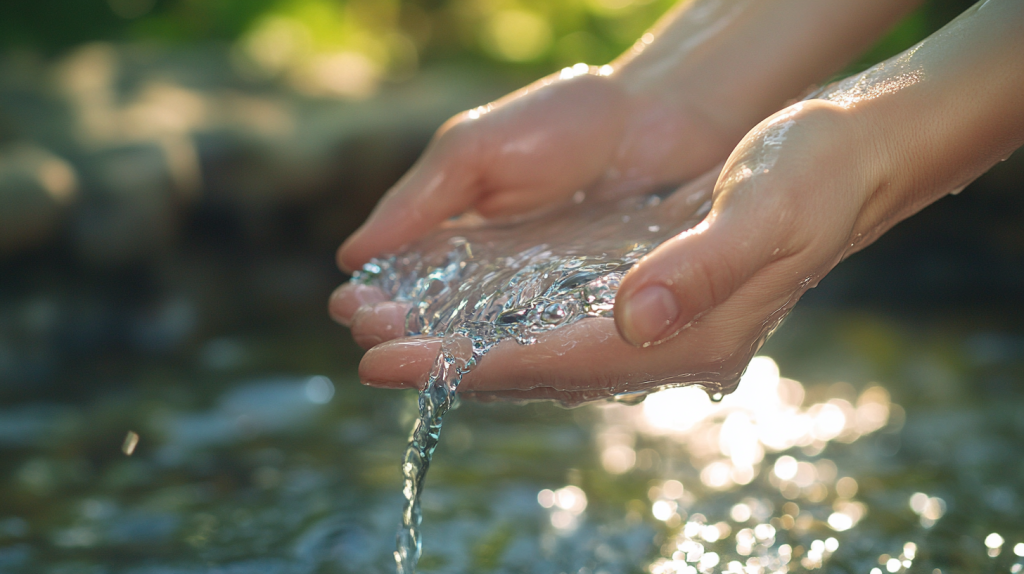
Knowing how to find and identify safe drinking water sources, such as springs or rainwater, ensures you remain hydrated. Avoiding contaminated sources reduces the risk of illness. This skill is particularly important in areas where water sources may be polluted or scarce.
Using a Whistle for Communication
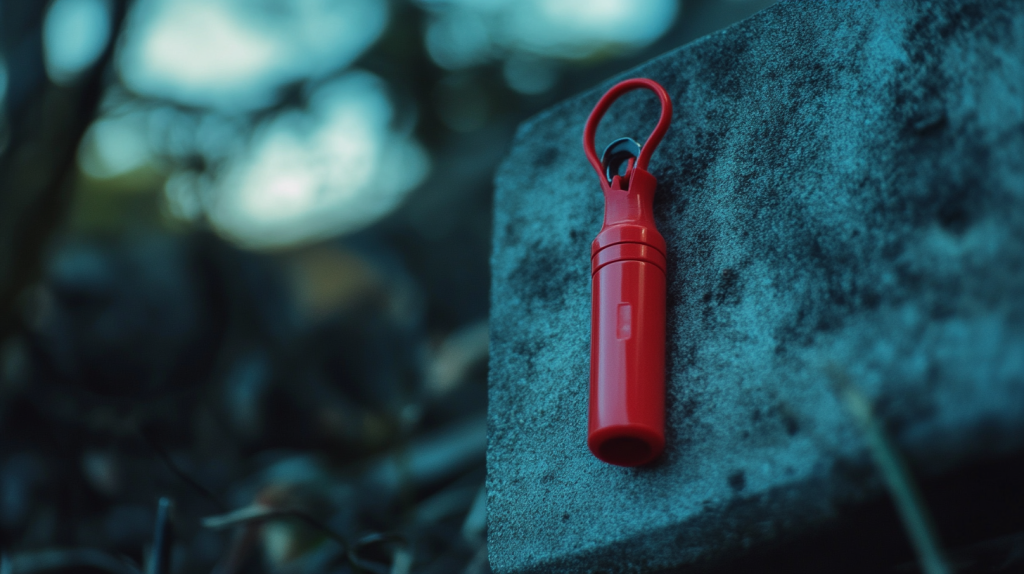
A whistle is a simple yet effective tool for communication over long distances. It can be used to signal for help or alert others to your presence. Unlike shouting, which can strain your voice, a whistle provides a clear and loud signal that can be heard from afar.
Creating a Scent Marker
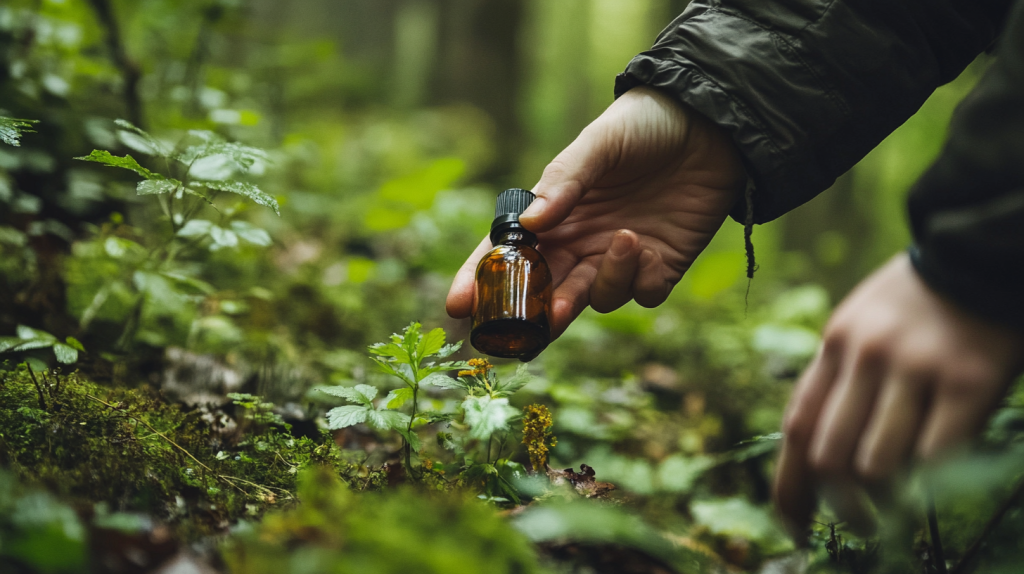
Using scents to mark trails or signal your location can be a unique way to communicate. Natural substances like herbs, flowers, or oils can create distinct smells that guide rescuers or warn others. This skill adds another layer to your survival toolkit, especially in dense environments.
Learning Basic Knots
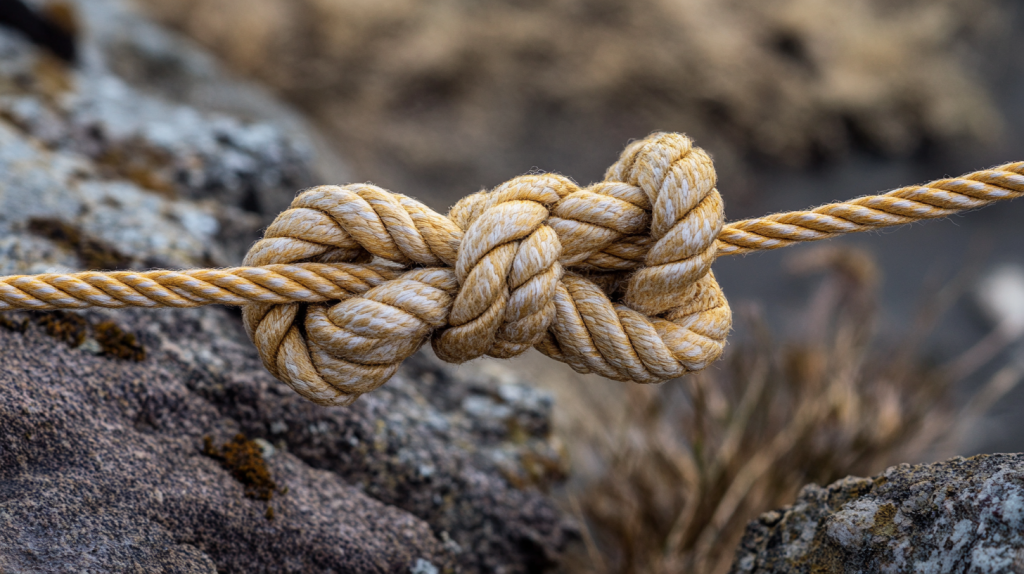
Knowing how to tie various knots can help you secure shelters, create traps, or repair equipment. Different knots serve different purposes, from binding materials together to creating loops for lifting. Mastering these knots ensures you can handle a variety of survival tasks efficiently.
Understanding Weather Patterns
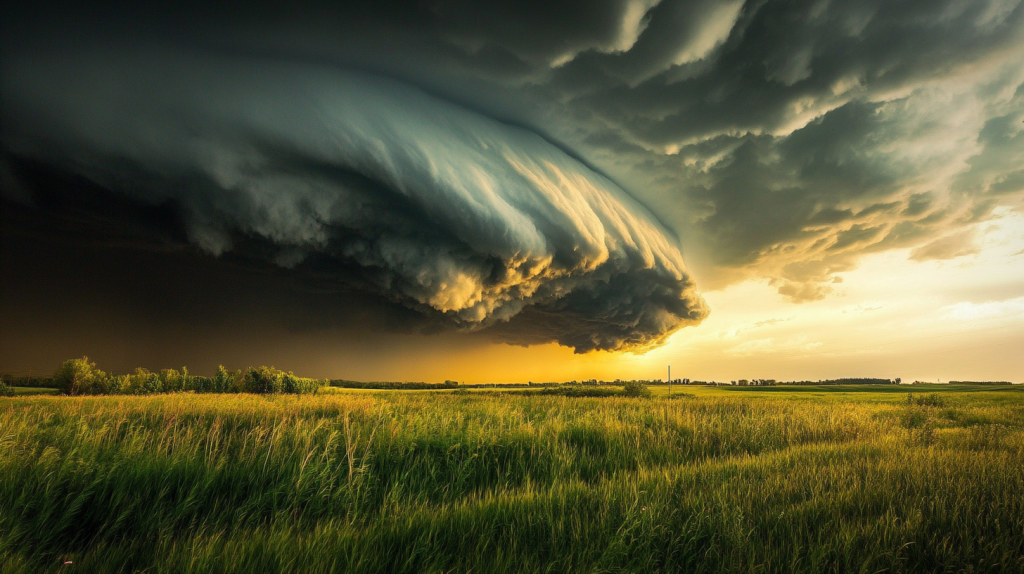
Being able to predict weather changes can prepare you for upcoming storms or extreme conditions. Observing cloud formations, wind direction, and animal behavior can provide clues about future weather. This knowledge helps you take proactive measures to stay safe and avoid hazardous situations.
Practicing Silent Movement
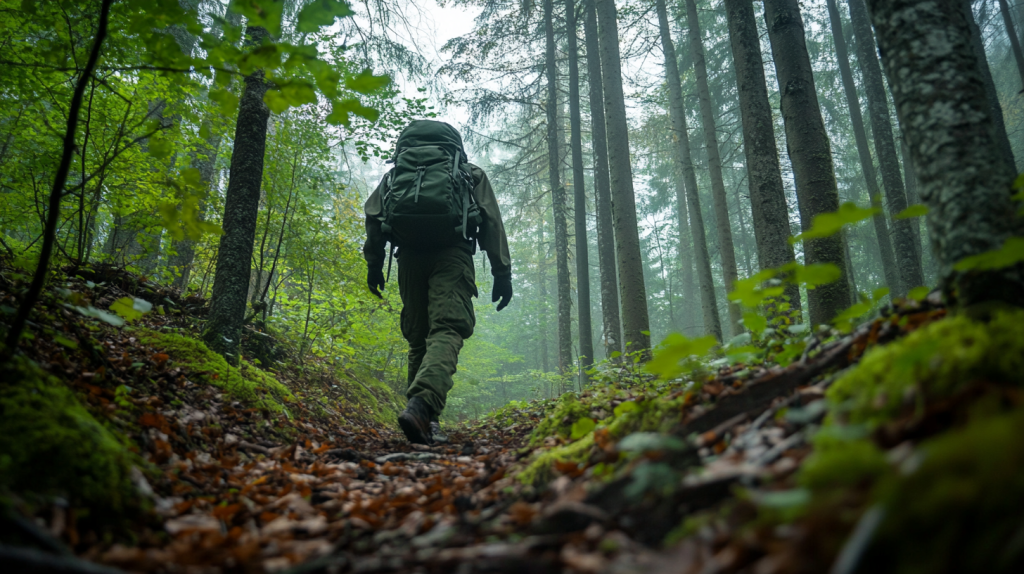
Moving quietly can prevent attracting unwanted attention, whether from wildlife or potential threats. Practicing silent movement techniques ensures you can navigate safely without causing disturbances. This skill is especially useful in situations where stealth is necessary for survival.
Making Natural Insect Repellents
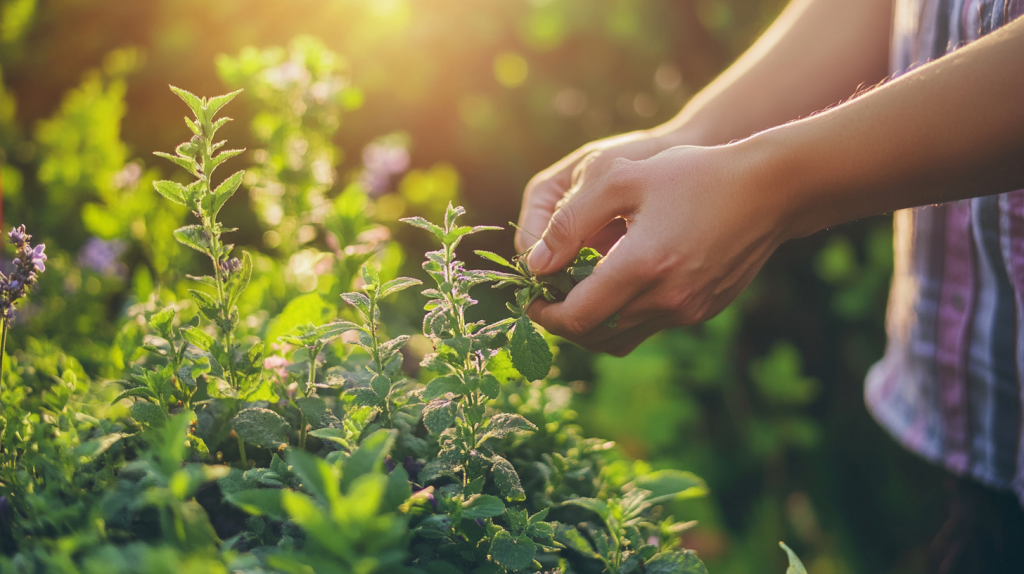
Protecting yourself from insects can prevent bites, stings, and the spread of diseases. Creating natural repellents using plants like citronella, eucalyptus, or lavender keeps insects at bay. This skill enhances your comfort and safety in outdoor environments.
Crafting Improvised Clothing

Being able to create or repair clothing from available materials keeps you warm and protected. Techniques include using leaves, animal hides, or fabric scraps to make garments. This skill ensures you stay comfortable and shielded from the elements, which is essential for long-term survival.
Identifying and Avoiding Dangerous Animals

Knowing which animals are dangerous and how to avoid them can keep you safe from attacks. Understanding animal behavior and habitats helps you steer clear of potential threats. This knowledge is crucial for preventing dangerous encounters in the wild.
Creating a Food Storage System

Properly storing food prevents spoilage and attracts fewer pests. Techniques include burying food, using airtight containers, or creating elevated storage areas. This skill ensures your food remains safe and accessible, reducing the risk of hunger and contamination.
Utilizing Solar Power

Harnessing solar energy can provide light, power small devices, or signal for help. Simple solar chargers or solar-powered lights are useful tools in a disaster scenario. This skill allows you to use renewable energy sources when traditional power is unavailable.
Practicing Urban Survival Skills

In urban disasters, knowing how to navigate buildings, find safe zones, and access resources is vital. Skills include understanding building layouts, locating exits, and identifying safe meeting points. This knowledge ensures you can survive and thrive in city environments during emergencies.
Learning Basic Self-Defense

Basic self-defense techniques can protect you from threats and ensure your safety. Simple moves like blocking, striking, or escaping holds can deter attackers. This skill empowers you to defend yourself and others in dangerous situations.
Creating a Personal Emergency Plan
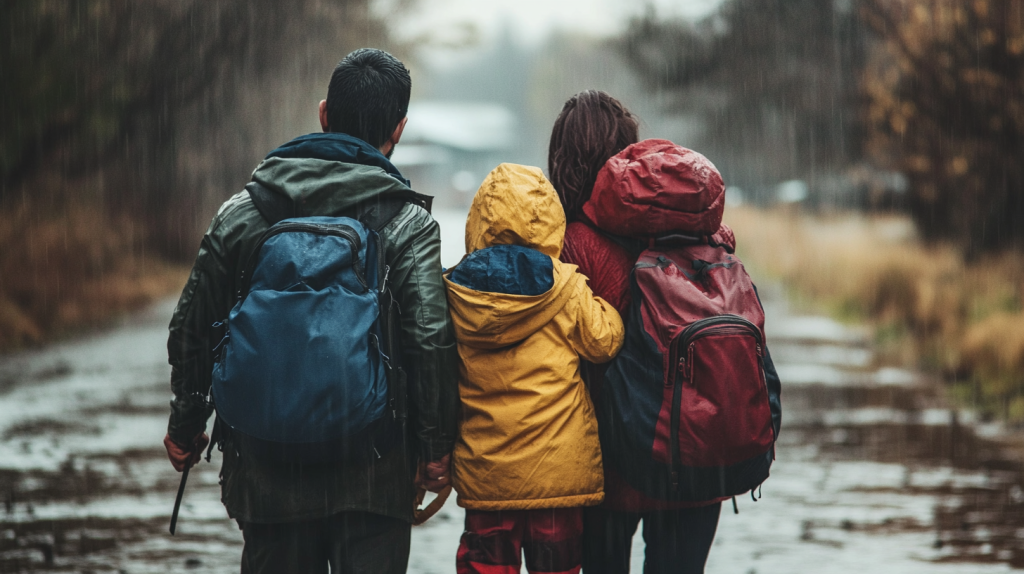
Having a well-thought-out emergency plan ensures you know what to do when disaster strikes. This includes knowing evacuation routes, meeting points, and communication strategies with loved ones. A personal plan provides structure and reduces panic during crises.
Understanding Basic Mechanics

Knowing how to fix or operate basic machinery can be useful in emergencies. Skills include repairing generators, vehicles, or simple tools. This knowledge ensures you can maintain essential equipment and resources during a disaster.
Practicing Bartering Skills
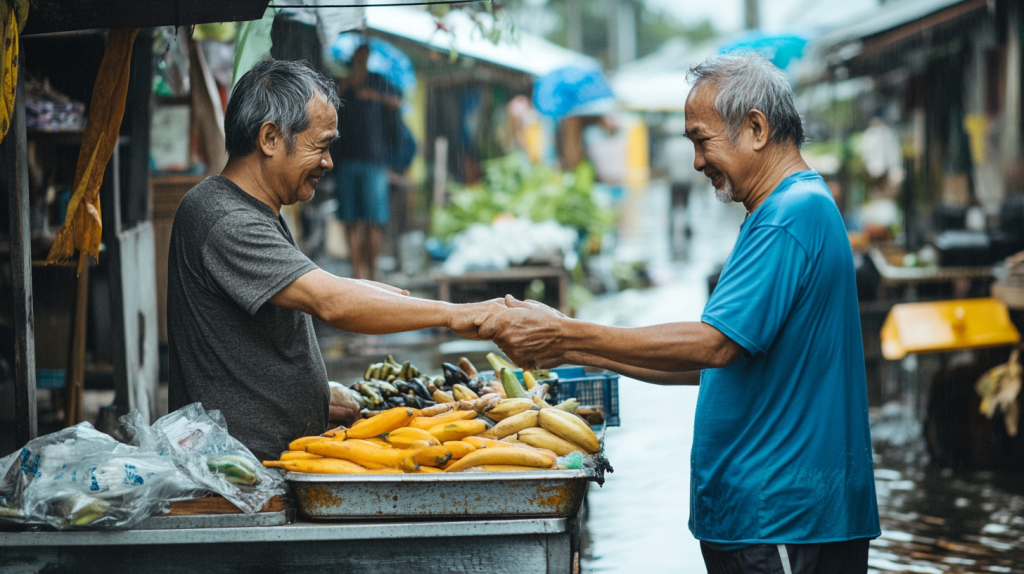
In prolonged disasters, bartering can be a way to obtain necessary resources. Understanding the value of different items and how to negotiate effectively ensures you can trade for what you need. This skill fosters community cooperation and resource sharing.
Maintaining Physical Fitness

Staying physically fit enhances your ability to perform survival tasks and endure challenging conditions. Regular exercise improves strength, endurance, and flexibility, which are crucial for activities like hiking, lifting, or building shelters. Maintaining fitness ensures you remain capable and resilient during emergencies.
Cultivating a Survival Mindset
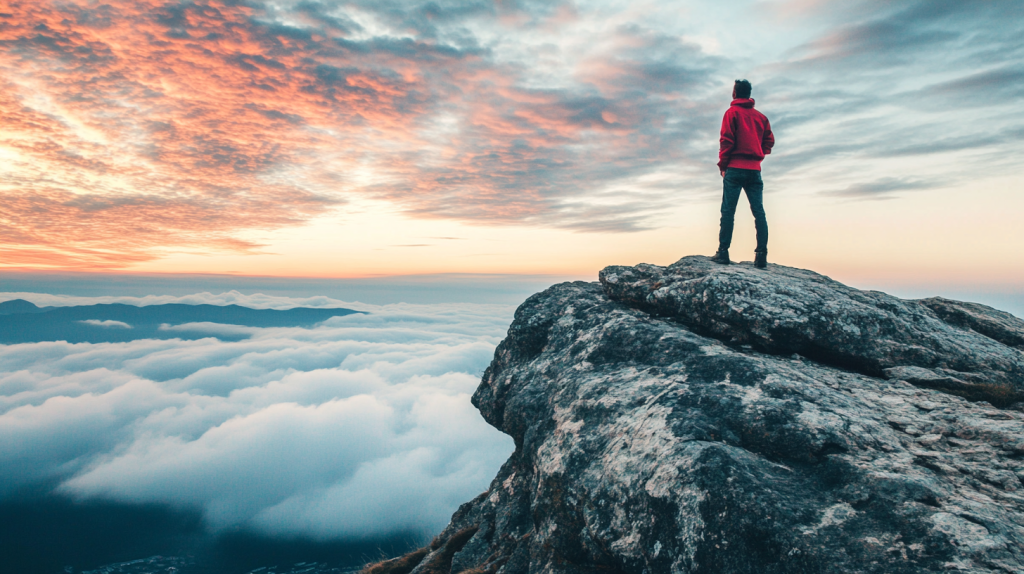
Adopting a proactive and adaptable mindset prepares you to handle unexpected challenges. Being resourceful, staying informed, and remaining flexible allows you to navigate difficult situations effectively. This mindset is the foundation of successful survival strategies.
18 Everyday Things Amish Women Aren’t Allowed to Do

The Amish culture is known for its simple way of life and adherence to traditional values. While this lifestyle may seem appealing to some, there are certain restrictions that Amish women face that most modern women do not. Take a look at these things that we take for granted that are off-limits to Amish women.
Read More: 18 Everyday Things Amish Women Aren’t Allowed to Do
Ellen has been obsessed with logic puzzles, jigsaws, and cryptograms since she was a kid. After learning she was taught how to play chess wrong by a family friend (so they could win), she joined her school chess club and the rest is history.
